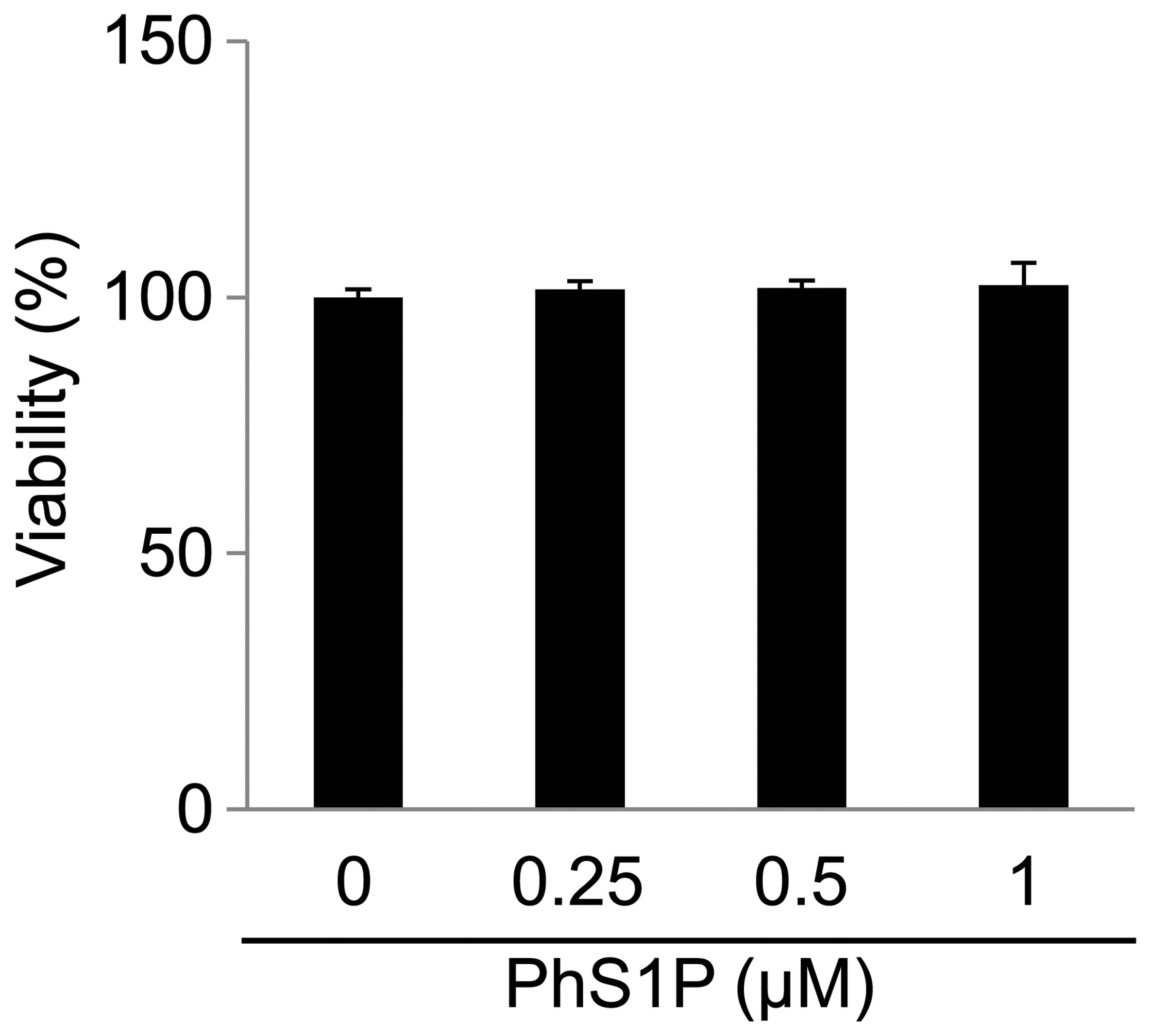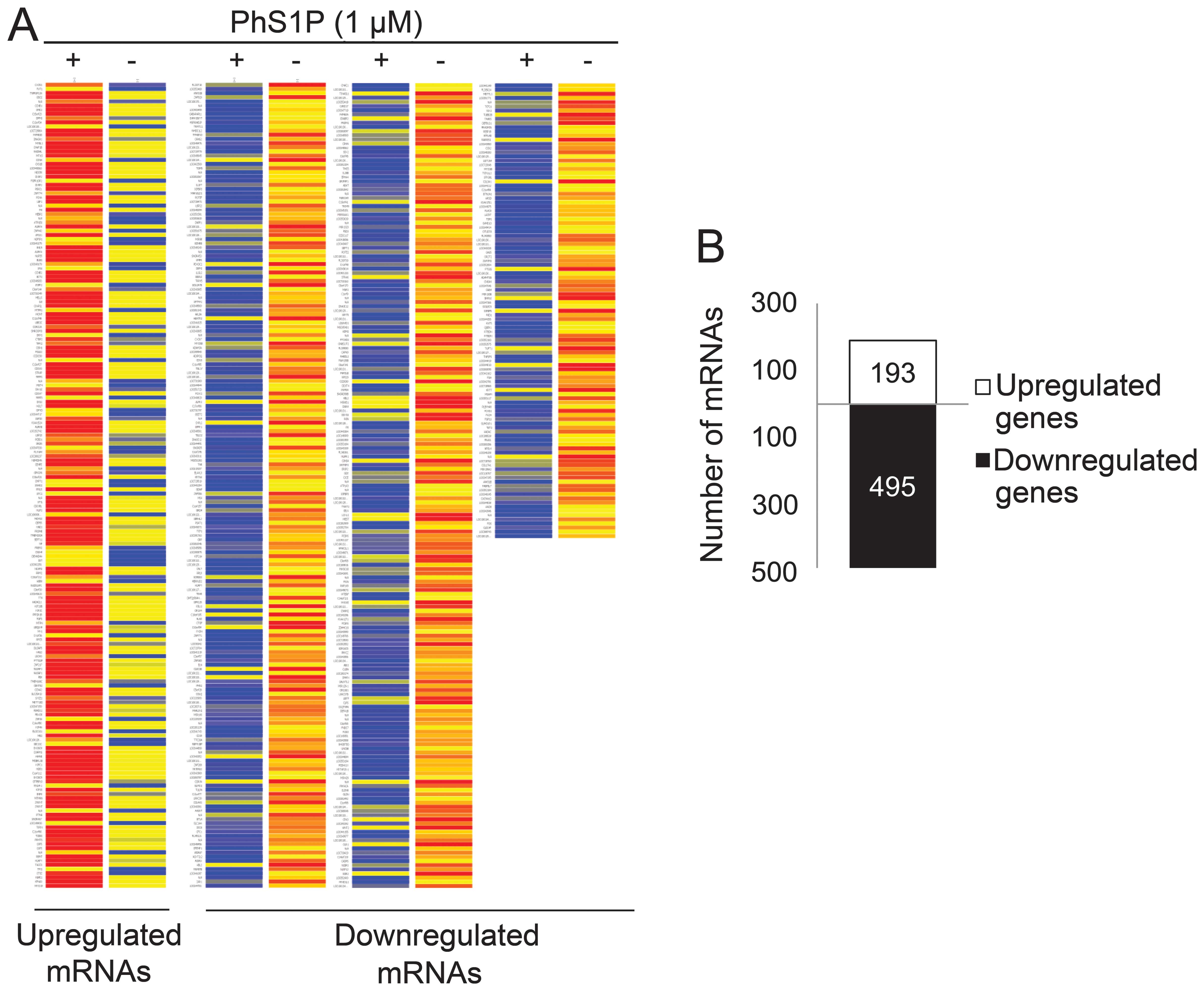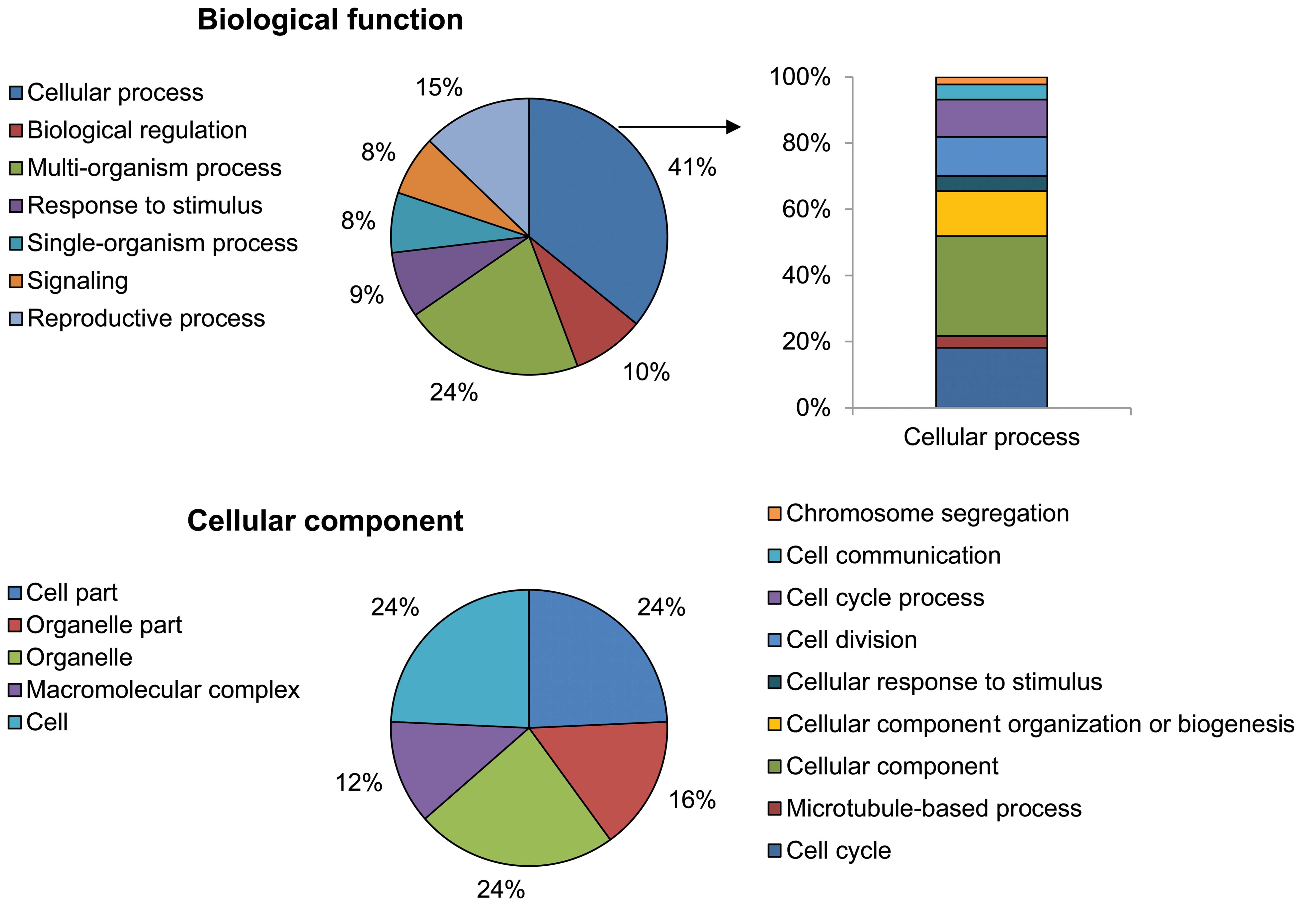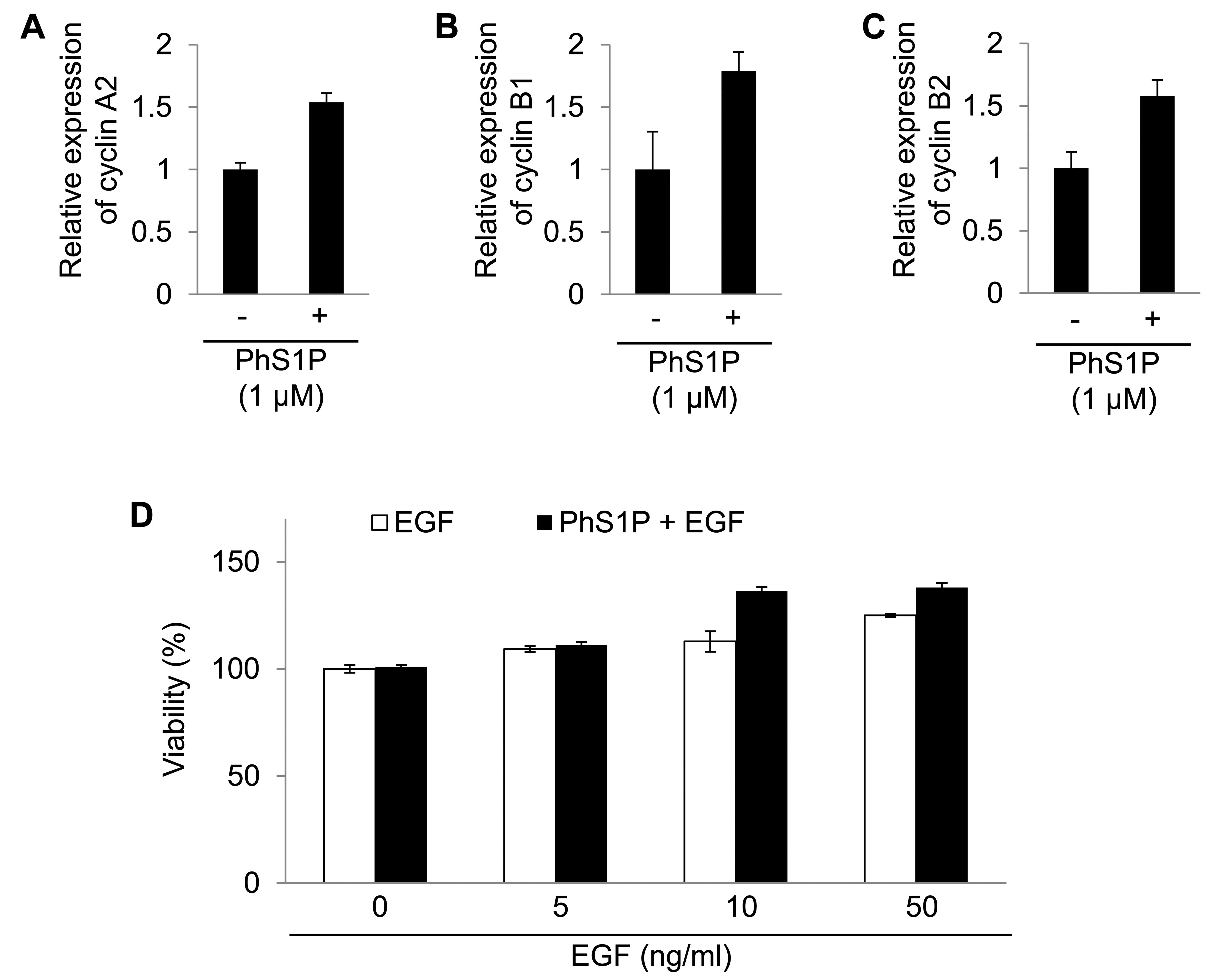|
1
|
Crigler L, Kazhanie A, Yoon TJ, Zakhari J,
Anders J, Taylor B and Virador VM: Isolation of a mesenchymal cell
population from murine dermis that contains progenitors of multiple
cell lineages. FASEB J. 21:2050–2063. 2007. View Article : Google Scholar : PubMed/NCBI
|
|
2
|
Giro MG, Oikarinen AI, Oikarinen H, Sephel
G, Uitto J and Davidson JM: Demonstration of elastin gene
expression in human skin fibroblast cultures and reduced
tropoelastin production by cells from a patient with atrophoderma.
J Clin Invest. 75:672–628. 1985. View Article : Google Scholar : PubMed/NCBI
|
|
3
|
Schreier T, Degen E and Baschong W:
Fibroblast migration and proliferation during in vitro wound
healing. A quantitative comparison between various growth factors
and a low molecular weight blood dialysate used in the clinic to
normalize impaired wound healing. Res Exp Med (Berl). 193:195–205.
1993.
|
|
4
|
Allen G: Cosmetics - chemical technology
or biotechnology? Int J Cosmet Sci. 6:61–69. 1984. View Article : Google Scholar : PubMed/NCBI
|
|
5
|
Carpenter G and Cohen S: Epidermal growth
factor. J Biol Chem. 265:7709–7712. 1990.
|
|
6
|
Cohen S: The receptor for epidermal growth
factor functions as a tyrosyl-specific kinase. Prog Nucleic Acid
Res Mol Biol. 29:245–247. 1983. View Article : Google Scholar : PubMed/NCBI
|
|
7
|
Dittmar T, Husemann A, Schewe Y, Nofer JR,
Niggemann B, Zänker KS and Brandt BH: Induction of cancer cell
migration by epidermal growth factor is initiated by specific
phosphorylation of tyrosine 1248 of c-erbB-2 receptor via EGFR.
FASEB J. 16:1823–1825. 2002.PubMed/NCBI
|
|
8
|
Andl CD, Mizushima T, Nakagawa H, Oyama K,
Harada H, Chruma K, Herlyn M and Rustgi AK: Epidermal growth factor
receptor mediates increased cell proliferation, migration, and
aggregation in esophageal keratinocytes in vitro and in vivo. J
Biol Chem. 278:1824–1830. 2003. View Article : Google Scholar : PubMed/NCBI
|
|
9
|
Halleux C and Schneider YJ: Iron
absorption by CaCo2 cells cultivated in serum-free
medium as in vitro model of the human intestinal epithelial
barrier. J Cell Physiol. 158:17–28. 1994.
|
|
10
|
Shiraha H, Gupta K, Drabik K and Wells A:
Aging fibroblasts present reduced epidermal growth factor (EGF)
responsiveness due to preferential loss of EGF receptors. J Biol
Chem. 275:19343–19351. 2000. View Article : Google Scholar : PubMed/NCBI
|
|
11
|
Kim MK, Park KS, Lee H, Kim YD, Yun J and
Bae YS: Phytosphingosine-1-phosphate stimulates chemotactic
migration of L2071 mouse fibroblasts via pertussis toxin-sensitive
G-proteins. Exp Mol Med. 39:185–194. 2007. View Article : Google Scholar : PubMed/NCBI
|
|
12
|
Pata MO, Hannun YA and Ng CK: Plant
sphingolipids: decoding the enigma of the Sphinx. New Phytol.
185:611–630. 2010. View Article : Google Scholar : PubMed/NCBI
|
|
13
|
Inagaki Y, Pham TT, Fujiwara Y, Kohno T,
Osborne DA, Igarashi Y, Tigyi G and Parrill AL: Sphingosine
1-phosphate analogue recognition and selectivity at S1P4 within the
endothelial differentiation gene family of receptors. Biochem J.
389:187–195. 2005. View Article : Google Scholar : PubMed/NCBI
|
|
14
|
Takuwa N, Du W, Kaneko E, Okamoto Y,
Yoshioka K and Takuwa Y: Tumor-suppressive sphingosine-1-phosphate
receptor-2 counteracting tumor-promoting sphingosine-1-phosphate
receptor-1 and sphingosine kinase 1 - Jekyll Hidden behind Hyde. Am
J Cancer Res. 1:460–481. 2011.PubMed/NCBI
|
|
15
|
Takuwa Y, Du W, Qi X, Okamoto Y, Takuwa N
and Yoshioka K: Roles of sphingosine-1-phosphate signaling in
angiogenesis. World J Biol Chem. 1:298–306. 2010. View Article : Google Scholar : PubMed/NCBI
|
|
16
|
Malumbres M and Barbacid M: Cell cycle,
CDKs and cancer: a changing paradigm. Nat Rev Cancer. 9:153–166.
2009. View
Article : Google Scholar : PubMed/NCBI
|
|
17
|
Lee JP, Cha HJ, Lee KS, Lee KK, Son JH,
Kim KN, Lee DK and An S: Phytosphingosine-1-phosphate represses the
hydrogen peroxide-induced activation of c-Jun N-terminal kinase in
human dermal fibroblasts through the phosphatidylinositol
3-kinase/Akt pathway. Arch Dermatol Res. 304:673–678. 2012.
View Article : Google Scholar : PubMed/NCBI
|
|
18
|
Ohashi A, Imai H and Minami N: Cyclin A2
is phosphorylated during the G2/M transition in mouse two-cell
embryos. Mol Reprod Dev. 66:343–348. 2003. View Article : Google Scholar : PubMed/NCBI
|
|
19
|
Alexandrow MG and Hamlin JL: Cdc6
chromatin affinity is unaffected by serine-54 phosphorylation,
S-phase progression, and overexpression of cyclin A. Mol Cell Biol.
24:1614–1627. 2004. View Article : Google Scholar : PubMed/NCBI
|
|
20
|
Yam CH, Fung TK and Poon RY: Cyclin A in
cell cycle control and cancer. Cell Mol Life Sci. 59:1317–1326.
2002. View Article : Google Scholar : PubMed/NCBI
|
|
21
|
Fung TK, Ma HT and Poon RY: Specialized
roles of the two mitotic cyclins in somatic cells: cyclin A as an
activator of M phase-promoting factor. Mol Biol Cell. 18:1861–1873.
2007. View Article : Google Scholar : PubMed/NCBI
|
|
22
|
Ikezawa K, Ohtsubo M, Norwood TH and
Narayanan AS: Role of cyclin E and cyclin E-dependent kinase in
mitogenic stimulation by cementum-derived growth factor in human
fibroblasts. FASEB J. 12:1233–1239. 1998.PubMed/NCBI
|
|
23
|
Chou JL, Fan Z, DeBlasio T, Koff A, Rosen
N and Mendelsohn J: Constitutive overexpression of cyclin D1 in
human breast epithelial cells does not prevent G1 arrest induced by
deprivation of epidermal growth factor. Breast Cancer Res Treat.
55:267–283. 1999. View Article : Google Scholar : PubMed/NCBI
|
|
24
|
Fisher D, Krasinska L, Coudreuse D and
Novák B: Phosphorylation network dynamics in the control of cell
cycle transitions. J Cell Sci. 125:4703–4711. 2012. View Article : Google Scholar : PubMed/NCBI
|













